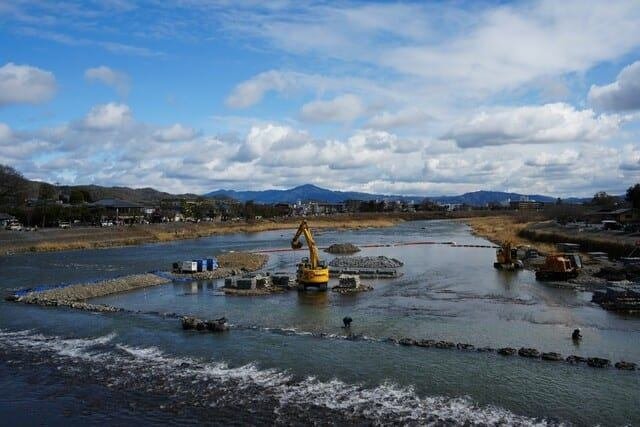
Like the 'criminal who returned to the crime scene,' the Asahi returned to the war 'scene.'
Uemura deliberately omitted from the article the sad statement by Kim Hak-sun
2020/10/19
The following is a continuation of the previous chapter.
Like the 'criminal who returned to the crime scene,' the Asahi returned to the war 'scene.'
Around the end of the Cold War, there was a battle for leadership within the Asahi Shimbun between the Soviet Union and China—the Soviet coalition, led by Hata Masaru, gaining the upper hand.
In 1980, the Soviet faction dislodged its chairman, Tomoo Hirooka, who promoted a pro-China line, from office in partnership with the Murayama family. Still, with the collapse of the Soviet Union, the China faction won the war.
Hirooka, a pro-China man, became the "spokesman" for China as if it were a "company policy" to "not write anything inconvenient for China.
He added "pro-China" to the two pillars of the post-war Asahi's favorite words, "citizens" and "democratization."
This line focused on and pushed forward with anti-Japanese campaigns to please Communist China, including the fabrication of the "volunteer corps comfort women" and the "Nanjing Massacre."
In 1964, nine Japanese media companies, including the Yomiuri, Asahi, Mainichi, Sankei, Nikkei, and NHK, came to be stationed in the Beijing Japan-China press exchange.
1966, Mao Zedong's "Cultural Revolution" occurred, but the revolution's content and claims were unknown.
However, since it wrote all of the Red Guards' statements and information in the wall newspapers, Japanese journalists with a strong command of Chinese characters played a significant role (except for the Asahi Shimbun, eight companies were active in reporting "local news").
All the other eight companies, except the Asahi Shimbun, reported on the Cultural Revolution and Japan's actual situation without interruption. Still, only the Asahi Shimbun gave up on its mission as if "silence is money."
Amidst all this, except for Asahi, many "deportations" occurred.
Only the Asahi newspaper remained in Beijing, and it would not or could not write an article. Asahi is devoted to the three monkeys: see no evil, hear no evil, and speak no evil.
They bowed down to the Chinese Communist Party and remained silent. The Asahi drew ridicule from the other media.
If it had been the "three monkeys," they could have done nothing more than use abusive language such as "The Asahi Shimbun is no better than a wall newspaper," but they began to use the "forbidden" method.
The "Asahi of War" returned to the war scene, which it knew was on its own.
The Asahi Shimbun reporter Takashi Uemura and his mother-in-law, the Korean activist Yang Sun-im, traveled to Seoul from the Osaka Asahi News Department, to which he belonged, to report on the war. In August 1991, the Asahi Shimbun ran a story on the front page, calling it a scoop.
Uemura deliberately omitted from the article the sad statement by Kim Hak-sun, "the first former comfort woman to open her mouth for the first time in half a century," and the part about her parents selling her to a kisaeng (female prostitute) for 40 yen.
Uemura and the head office of the Asahi Shimbun should have searched for proof or to collect evidence. Still, instead, they borrowed Yoshida Seiji's fiction and turned it into a significant scoop story.
As shown below, Uemura's article is more of an "incendiary piece of creative writing" than a news report.
The Korean comfort women who were taken to the battlefield under the name 'Women's Volunteer Corps' and forced to perform prostitution against Japanese soldiers during the Second Sino-Japanese War and World War II were found to have survived, and the Council on Countermeasures for Korea's Volunteer Corps Issues has begun interviewing them. On August 10, the council released a tape recording of the woman's story to an Asahi Shimbun reporter. The heavy mouths of these women, who have been hiding their experiences, have finally begun to open up nearly half a century after the war" (August 11, 1991).
The Korean media picked up Uemura's first "scoop" in half a century, and "Yoshida Seiji's Testimony," also published in the Asahi Shimbun, was disseminated to the international community in the 1990s.
I will continue in this article.

この記事が気に入ったらサポートをしてみませんか?
